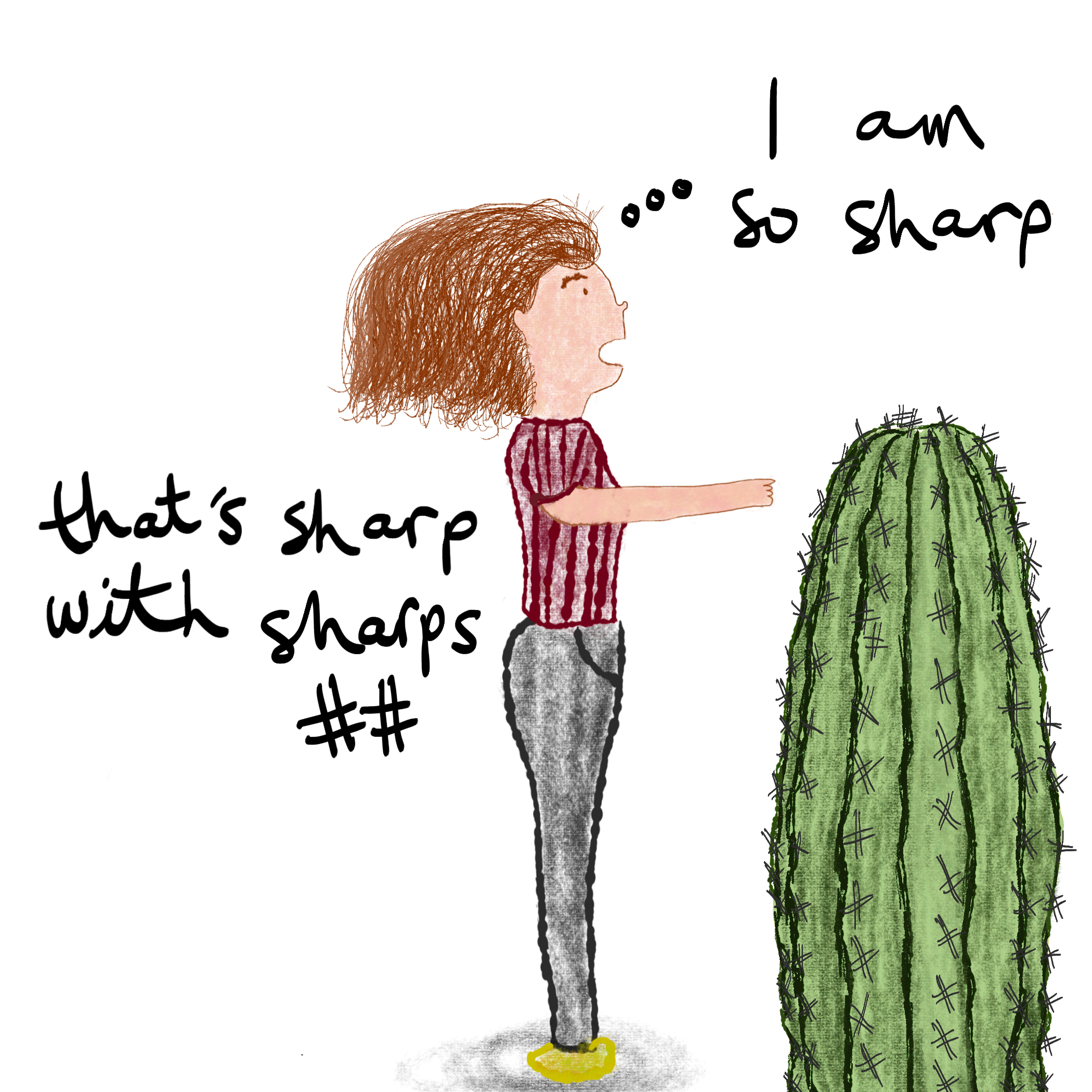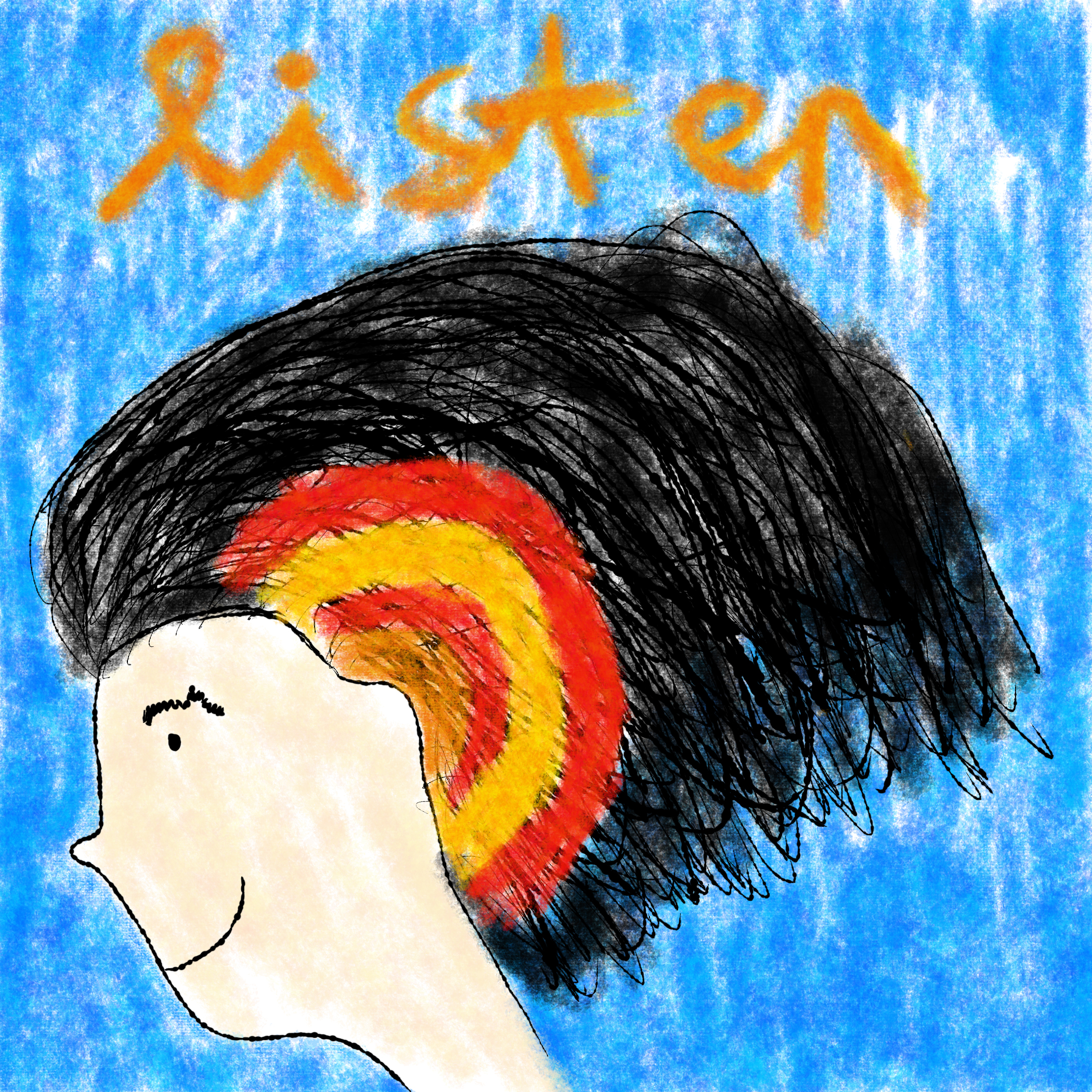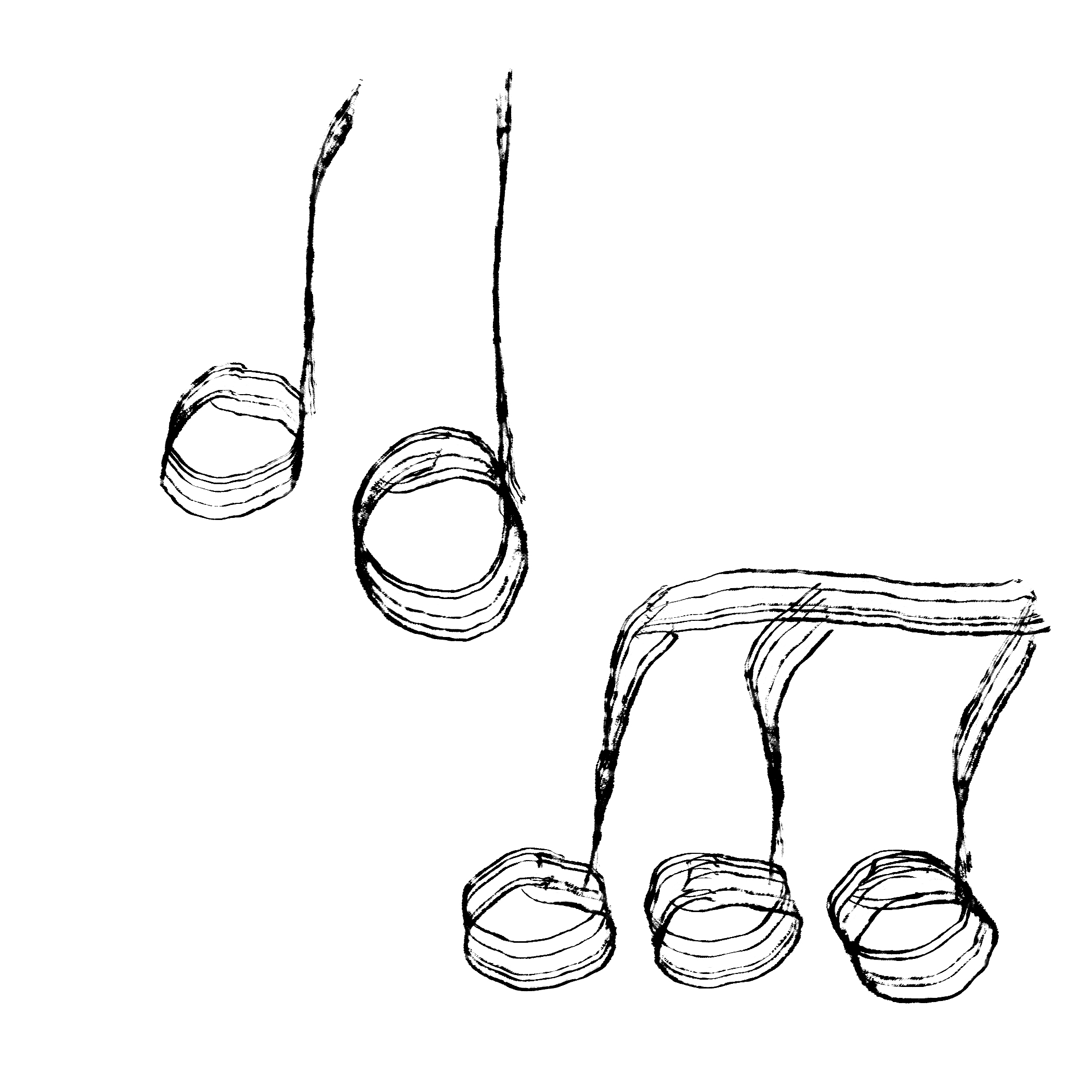A Bit Of Music Theory When Life Looks Awful
Music theory is the study of the various possibilities of music. It broadens up your options for understanding and creating music. By learning music theory, you can use music as a way to communicate. You are more capable of transmitting and perceiving emotions, if that’s what you want, in a more direct way. When you are having a difficult day, learn music. Because, despite our troubles, music is a reminder that we still can have a moment of satisfaction. It is a moment where art is there as a company and as a resource to express the way we feel.
Life with Art: A Lot Less Gloomy
Life is about surviving. Some days are blue and other days we smile. When we create, life is less awful. With challenging hobbies, we appreciate those moments when we don’t judge ourselves. That is what music and arts are for. They are a companion for both gloomy and shiny days. There are endless possibilities and everything we do is valid. Our thoughts matter and we get to use them as a source of inspiration to create.
With music theory, we can improve our listening and musical skills. We are incorporating more tools to music composition, an interesting hobby that works as a medium for our soul to express freely.

Basics of Music Theory
There are three major components in music theory:
- Melody: a succession of notes
- Harmony: simultaneous notes play
- Rhythm: a pattern in time
All of them are made up of individual sounds or notes. The relationship between the notes is what music theory is all about. Below is a definition of the main concepts of music theory. With these definitions, you can understand better how the melody and the harmony are composed within a music piece.
Notes
In total there are 12 different notes in music. The distance between the notes is a semitone. They repeat in the same order throughout the keyboard and in our range of hearing. They are either represented with alphabet letters or musical names (do, re, mi, fa, sol, la, si). The alphabet is used mostly in Anglo Saxon countries and jazz. Read here to discover a bit of the history behind the names in different countries.
The easiest way to visualize the notes is by using a keyboard. To identify for example a C or do, lookout for a group of two black keys, and to the left, you will find one. An octave is the next highest or lowest pitch from that same note. For instance, the next C from the one you found also is a C and has twice its frequency.

On a piano, the white keys play the natural notes and the black keys are the modified keys, either with a sharp or a flat. A sharp is half a tone up, represented with the symbol ♯. A flat is half a tone down, represented with the symbol ♭. The distance between each consecutive note is a semitone. For example, from C to C♯ there is a semitone, as well as from E to F.
As you can see on the keyboard, the notes can have more than one representation. That is because they can be named in relation to another note. For example, as you can see in the keyboard F♯=G♭. They are the same note, they sound exactly the same. Relatively, F♯ is half a tone up from F and G♭ is half a tone down from G. The same is for example for F. It is also E♯.
Intervals
An interval is a distance between two notes. The distance is measured in tones, where 1 tone is equal to 2 semitones. The interval is represented by a number. According to the distance measured in tones, we name the intervals. The numbers are 1st (unison, same note), 2nd, 3rd, 4th, 5th, 6th, 7th, and 8th (octave). For example, a 5th is an interval between C and G, or E and B.
Furthermore, the intervals are named according to the quality of their sound. The quality is determined by the way we perceive the sounds. For all intervals, except for the unison, 4th, 5th, and the 8th (octave), the qualities are:
- Major (M): usually we perceive them as a happy sound.
- Minor (m): usually we perceive them as a sad sound.
The octave, 4th, 5th, and unison, are not major or minor because they are considered to be consonant. This category comes from the way we perceive sounds. It is associated with pleasantness. I will describe it also as stability. With the rest of the intervals, you may sense a need to resolve, while with the octave, 4th, 5th, and unison you are comfortable and accept where you are.

It all comes down to listening, exploring, and coming up with your definitions. Music is an art, and all of us might have different feelings towards certain sounds. That is why this is incredibly interesting. It is about experimenting and training your hearing skills.
For 4th, 5th the terms are:
- Perfect (P): for example, a perfect 4th is D and G.
- Augmented (A): for example, an augmented 4th is D and G♯.
- Diminished (d): for example, a diminished 4th is D and G♭.
When we listen to two notes either at the same time or not, we can judge the quality of the sound. Play with the notes, and experiment with what you like, and think about the different sounds. Part of playing and exploring with music theory is to brighten up your day. That is the beauty of art. It all comes down to what you make of it. It could be a very interesting session where you explore with a keyboard and come up with your definitions and sensations towards certain sounds.
Key and Key Signature
The key of a musical piece is the group of notes that form the basis of the composition. There are twelve different keys and they derive from the twelve possible notes. The key signature defines which notes are sharp ♯ or flat ♭.
Key signatures identify the key of a song. For example, a song with a key signature of one ♯sharp is either G major or E minor. To find out the key from a key signature, there are two steps. First, check whether there are sharps ♯ or flats ♭. Second, listen to the beginning and the end of the song to determine whether it is a major or a minor key. If it is a major key, follow the steps below. For a minor key, follow the steps and then go down 3 semitones to find the minor key.

Key Signature Sharps or Flats
- The key signature has sharps ♯: one semitone up from the last sharp will give you the key of the song if it is a major key.
Example 1! There are 2 sharps ♯♯ and it sounds major (happy). The last sharp is C, so one semitone up, it is D major.
Example 2! There are 4 sharps ♯♯♯♯ and it sounds minor (sad). The last sharp is D, so the major key is E major, and 3 semitones down, it is C♯ minor. - The key signature has flats ♭: the penultimate flat will be the key if it is major.
Example 3! There are 2 flats ♭♭ and it sounds major (happy). The penultimate flat is B, so the key is B♭ major.
Example 4! There are 4 flats ♭♭♭♭ and it sounds minor (sad). The penultimate flat is A, so the major key is A♭ major, and 3 semitones down, it is F minor.
Music theory is about practice. So is life and our minds. This will brighten up your day!!
Music Scales
Music scales are descending or ascending notes within an octave. The distance between the notes is defined by the key. If you start from any note, you can build up a scale. You have to be aware of the key, hence the key signature, to know which notes (if any) have flats or sharps.
With that in mind, according to the distance between notes, there are two main types of scales: major and minor scales. From any note where you start you can play either a major or a minor scale. As mentioned before, depending on the key signature you will know which notes should be played and accordingly, know whether it is a major or a minor scale.

Major Scales
Because there are twelve notes, there are twelve possible major scales. Think of major scales as those that suggest happy and uplifting sounds. Also, because a scale is within an octave it is composed of seven consecutive notes. You will know which notes have either sharps or flats according to the key signature.
Minor Scales
As with the major scales, there are twelve possible natural minor scales. Most importantly, think of minor scales as those that suggest sad and emotional sounds. Remember the key signature to know which notes should or shouldn’t have a flat or a sharp.
Melody in Music Theory
All the theory above was to come to this point. That is, to understand the relationship between notes to listen to a piece with a critical ear.
Melody is a succession of notes that make up phrases. It is a memorable part of a song. It is that succession of notes which sometimes you can’t get out of your head or sing in the shower.
Harmony in Music Theory
Harmony is when notes are played simultaneously. When the notes are played at the same time either they sound pleasing or not. The harmony of a song usually tries to sound pleasing to the listener. A chord is when you play two or more notes at the same time. A sequence of chords constitutes part of the harmony of a musical composition.
The melody and the harmony often are composed for you to feel pleasure. That is because we find pleasing some succession of notes.

Rhythm
The rhythm in music is how the notes are played in time. That is to say, the way you perceive the sounds in time. To understand rhythm think of it as when, how, and what. When are notes played, for how long, and what accent they have?
Evoke Using Music Theory
With what you have read so far, you can use the properties of the sounds to evoke different feelings. For example, you can generate an expectation or release tension. Below you will find how you can play with notes, using elements of music theory, to suggest a mood.
Scale Degrees
Scale degrees are derived from each note of a scale. For that reason, there are seven different scale degrees. The number represents the position on the scale. Each degree has a specific function. As a consequence, each degree has a specific name related to its use.
- 1st degree: tonic
- 2nd degree: supertonic
- 3rd degree: mediant
- 4th degree: subdominant
- 5th degree: dominant
- 6th degree: submediant
- 7th degree: leading tone
Chords
Chords are built by playing two or more notes at the same time. The most basic and more used chords are triads. They are made up of three notes: the root, a third, and a fifth above the root. To change the quality of a triad, change the quality of the third and/or the fifth above the root.
Below there are four different types of chords; how to build them, and what feelings they evoke. Above all, always think about the key signature. You start with a base, and you modify that base to communicate something.

To create a story mix the chords and create a progression. That is a series of successive chords that could go along with a melody and the rhythm. You can use all four types one after another. However, you have to listen constantly to determine whether they create what you are looking for.
There are many ways to make chord progressions. Music theory is a great tool; however, use always your hearing skills to determine if what you are composing sounds pleasing. Also, listen closely to see if it relates to what you want to express.
- Major Triads: major third and a perfect fifth above the root.
Happy, simple, lighthearted, brightness. - Minor Triads: minor third and a perfect fifth above the root.
Tension, serious, adventurous, dark. - Diminished Triads: minor third and a diminished fifth above the root.
Fear, suspense, dissonant, dramatic. - Augmented Triads: major third and an augmented fifth above the root.
Mysterious, ambiguous, unsettling, astonishment.
How Music Theory Brightens an Awful Day
Grab a cup of coffee or tea, go to a nice spot in your house. Do you want to play or want to listen? If you want to listen put on classical music. Listen for example, to Claude Debussy. The piece you are listening to is Clair de Lune and it’s in D♭ major. What does that mean? What do you feel throughout the piece? Can you make wild guesses about Debussy’s intentions in some parts? Try to relate parts and chords with feelings.

Now, for when you want to play something. For example, you want to express suspense. You are playing in A♭ major. What are the flats of your composition? How do you construct a diminished triad from the submediant…
It is a lot of practice, but it is as rewarding. Music theory is about our rational and emotional mind, that is why it is so engaging. That is why it brightens up any awful day.
This is Just the Beginning
Music theory is a great tool to understand music better. Moreover, it’s a way to expand your knowledge and interest in music. With this simple introduction, you can create musical pieces with more resources. It is a great help for communicating and expressing certain feelings.
While writing this post I realized something: music is a lot about major and minor sounds. Start there and like I’ve said many times, listen, listen, and oh yes, listen. It all comes to that, fortunately. Music comes down to what we enjoy and how we perceive compositions. The more you listen, the more you will come up with your definitions.

Listen to major and minor sounds. Major as in the key, the intervals, the chords. Major as in classical composers as well. Minor to minor intervals, chords, and minor catchy songs. These help you remember what is like to be alive and well.


One thought on “A Bit Of Music Theory When Life Looks Awful”